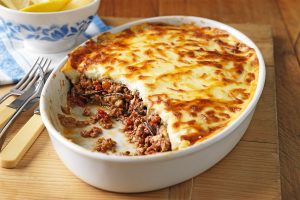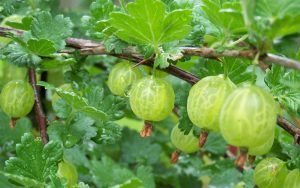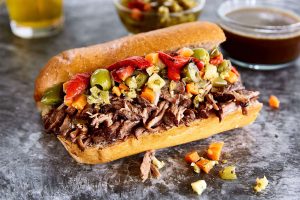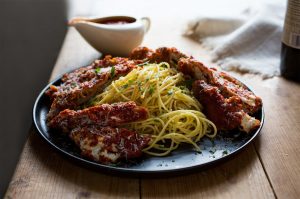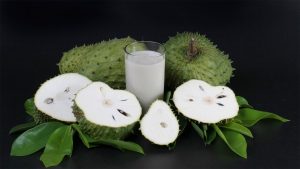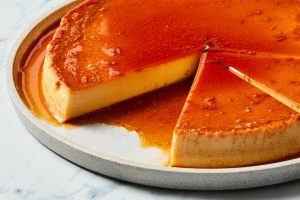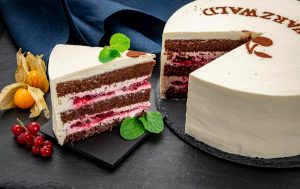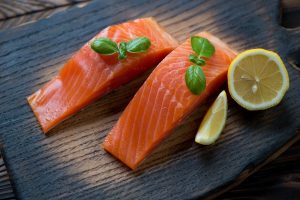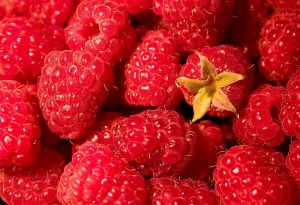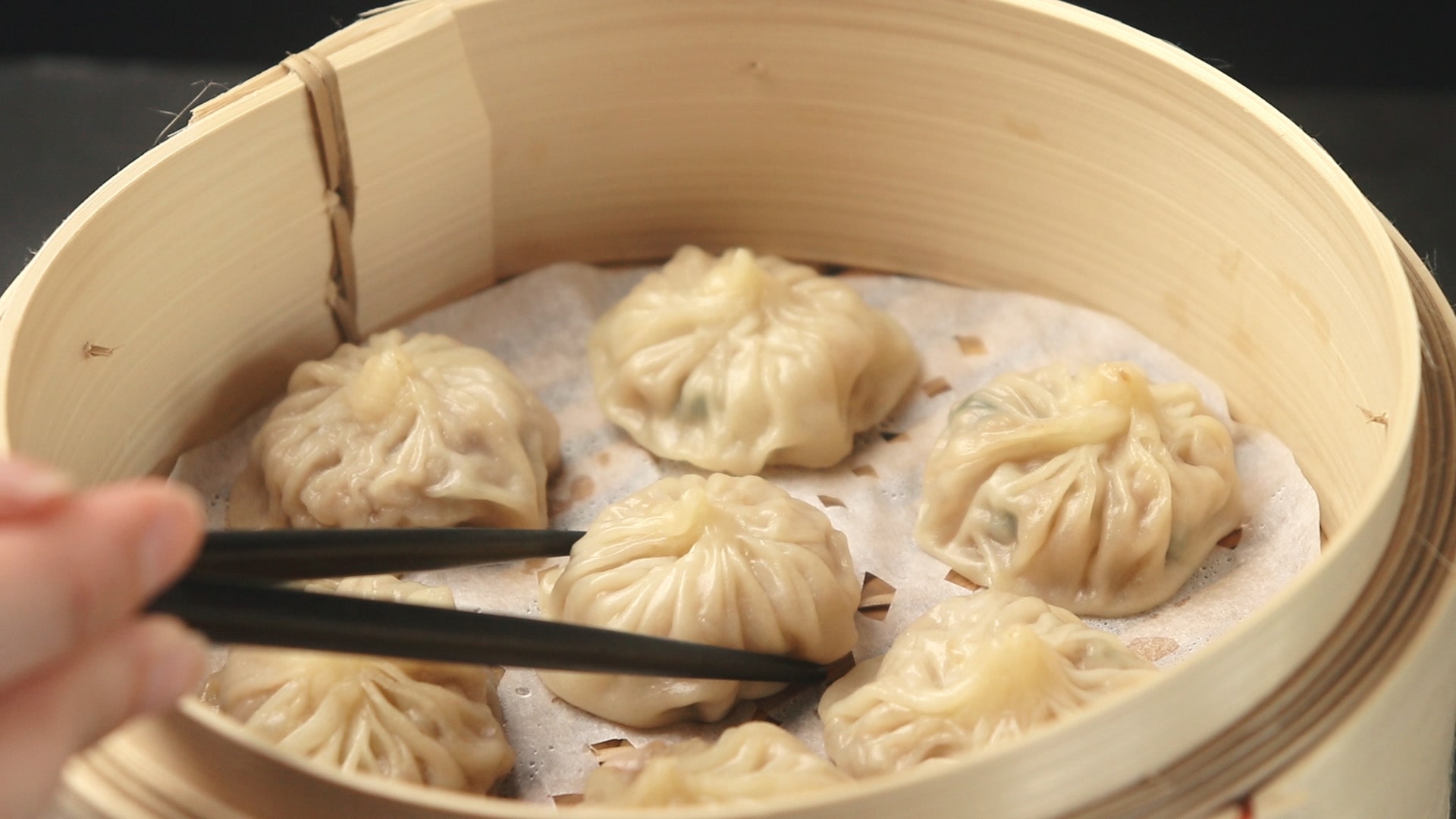
21 interesting facts about Xiao long bao
- 👁️ 900
Xiao long bao, often referred to as soup dumplings, are a marvel of Chinese cuisine that has captivated food lovers around the world. Originating from the Jiangnan region of China, particularly associated with Shanghai and Wuxi, these dumplings are a testament to the intricacy and finesse of Chinese culinary traditions. Xiao long bao are not just any dumplings; they are an exquisite blend of tender meat filling encased in a delicately pleated dough, with a burst of flavorful broth inside that surprises and delights the palate. The making and enjoyment of xiao long bao involve a level of craftsmanship and ritual that adds to their allure. Here are 21 interesting and informative facts about xiao long bao that showcase their cultural and culinary significance.
- Xiao long bao translates to “small steaming basket buns” in English, referencing the bamboo steaming baskets they are cooked in.
- The origin of xiao long bao can be traced back to the Nanxiang area of Shanghai, China, during the Qing Dynasty.
- The broth inside the dumplings is gelatinized before being wrapped, melting into soup as they steam.
- Traditionally, the dough for xiao long bao is made from flour and water only, without any leavening agents.
- A true xiao long bao should have at least 18 pleats.
- The filling usually consists of minced pork, although variations with crab meat and other ingredients also exist.
- The gelatinized broth is made by simmering pork skin, bones, and meat to extract their flavors and natural collagen.
- Xiao long bao are traditionally served with black vinegar and shredded ginger as condiments.
- Eating xiao long bao involves biting a small hole to let the steam out and sipping the broth before consuming the rest of the dumpling.
- The size of xiao long bao is small enough to fit whole in a diner’s mouth, which is part of the traditional experience.
- The Michelin Guide has awarded stars to restaurants specializing in xiao long bao, acknowledging their excellence.
- The creation of xiao long bao requires a high level of skill, particularly in wrapping and pleating the thin dough without breaking it.
- It is a common misconception that xiao long bao is a type of dim sum, which is a term more accurately associated with Cantonese cuisine.
- The popularity of xiao long bao has spread worldwide, with restaurants and chefs outside of China offering their takes on the dish.
- Some chefs have experimented with unconventional fillings, including truffles and foie gras.
- The texture of the dough is crucial; it must be thin enough to see the soup inside yet strong enough not to break during cooking.
- Xiao long bao workshops and cooking classes have become popular for those wanting to learn the intricate art of making these dumplings.
- Innovations like giant xiao long bao, which are eaten with a straw, showcase the playful evolution of traditional dishes.
- The temperature and timing of the steam cooking are critical to ensure the soup melts and the dough cooks perfectly.
- In some regions, chicken or seafood broth is used instead of pork for the gelatinized filling.
- The cultural importance of xiao long bao is celebrated in festivals and culinary competitions in Shanghai and beyond.
Xiao long bao are not just a dish but a culinary adventure that offers a unique experience with each bite. The combination of skilled craftsmanship, traditional techniques, and delicious flavors makes xiao long bao a standout in Chinese cuisine. Their growing popularity worldwide is a testament to their universal appeal, transcending cultural and geographic boundaries. As more people discover and fall in love with xiao long bao, they continue to be a cherished representation of the richness of Chinese culinary heritage.
